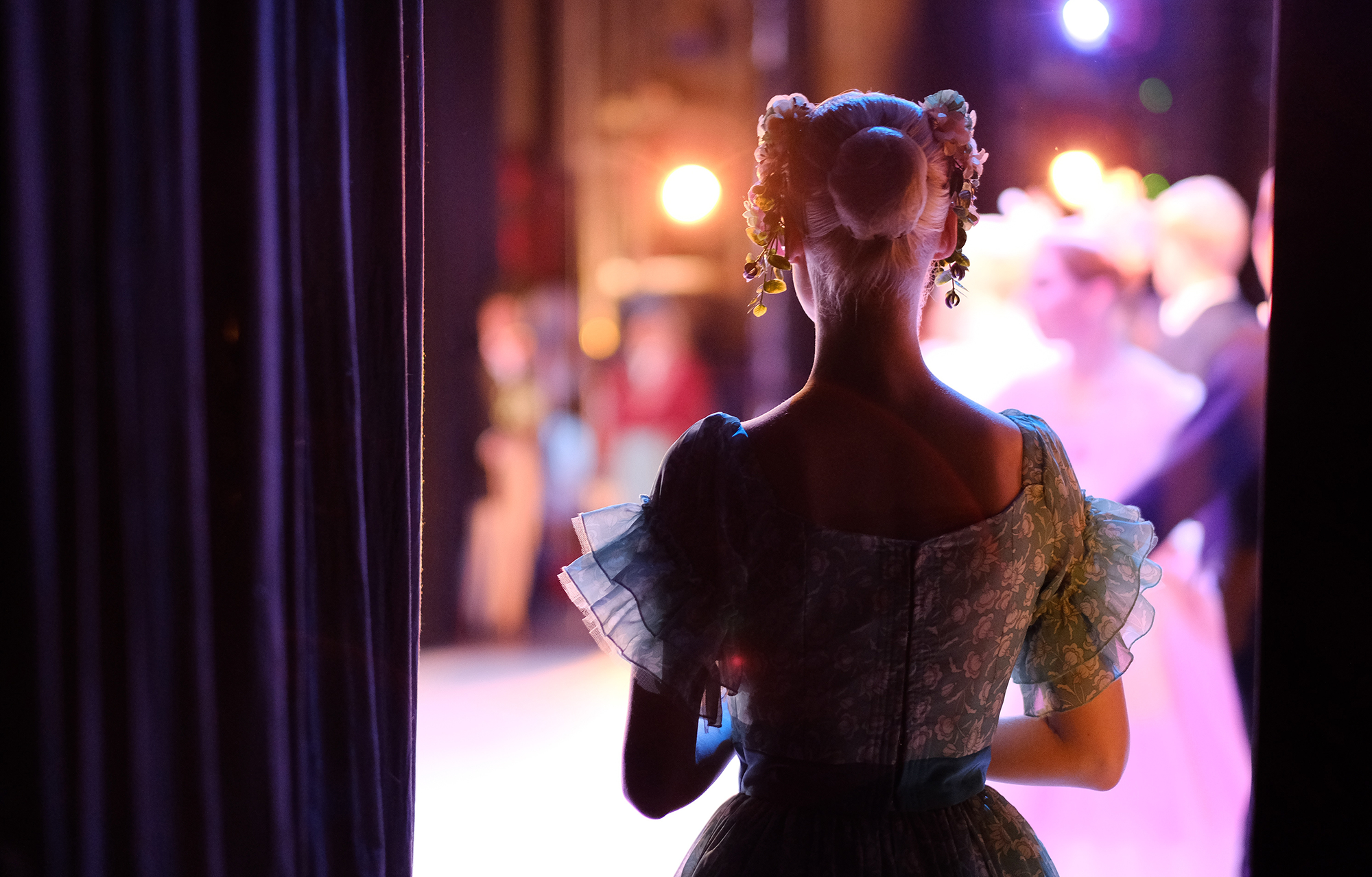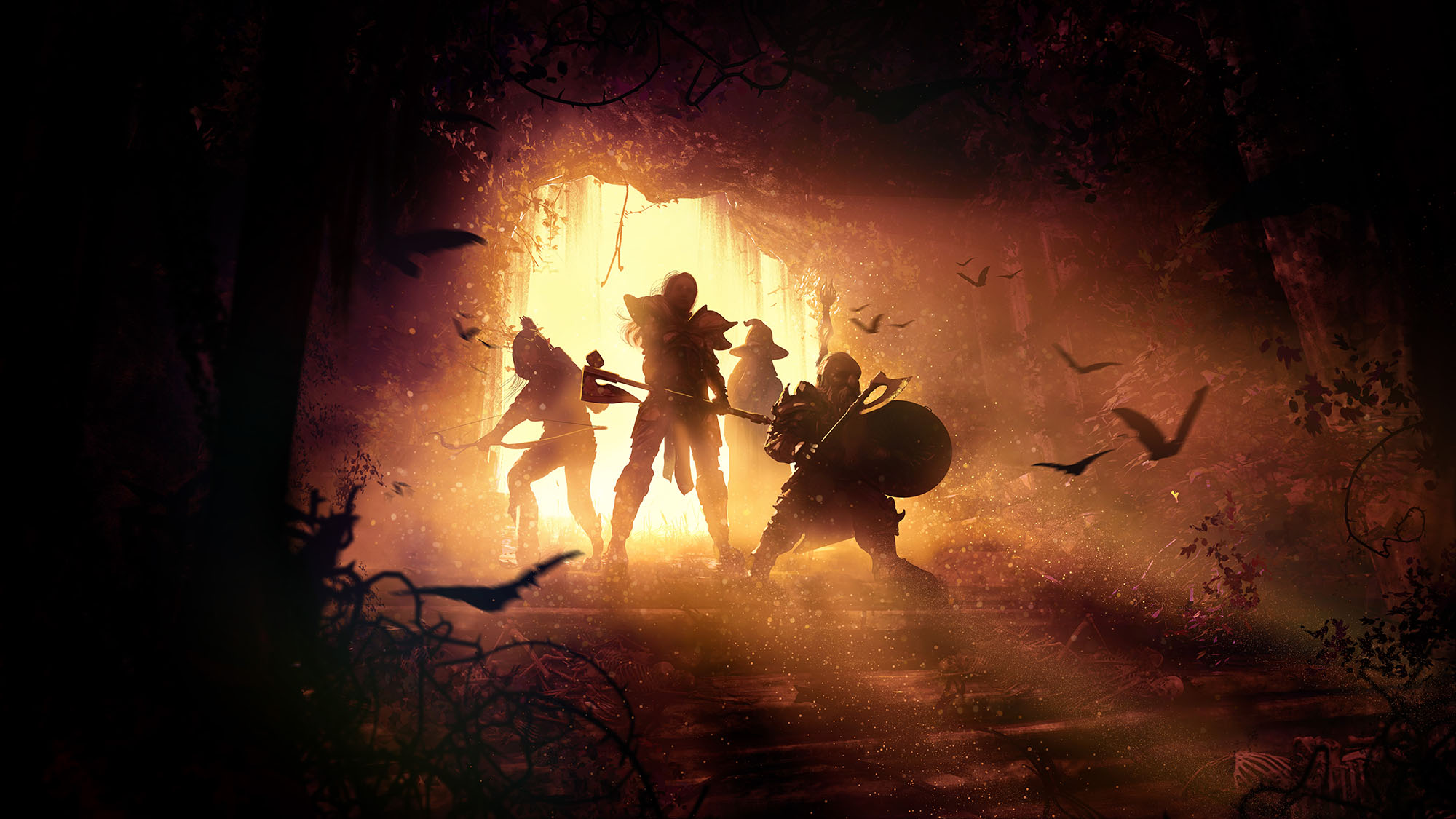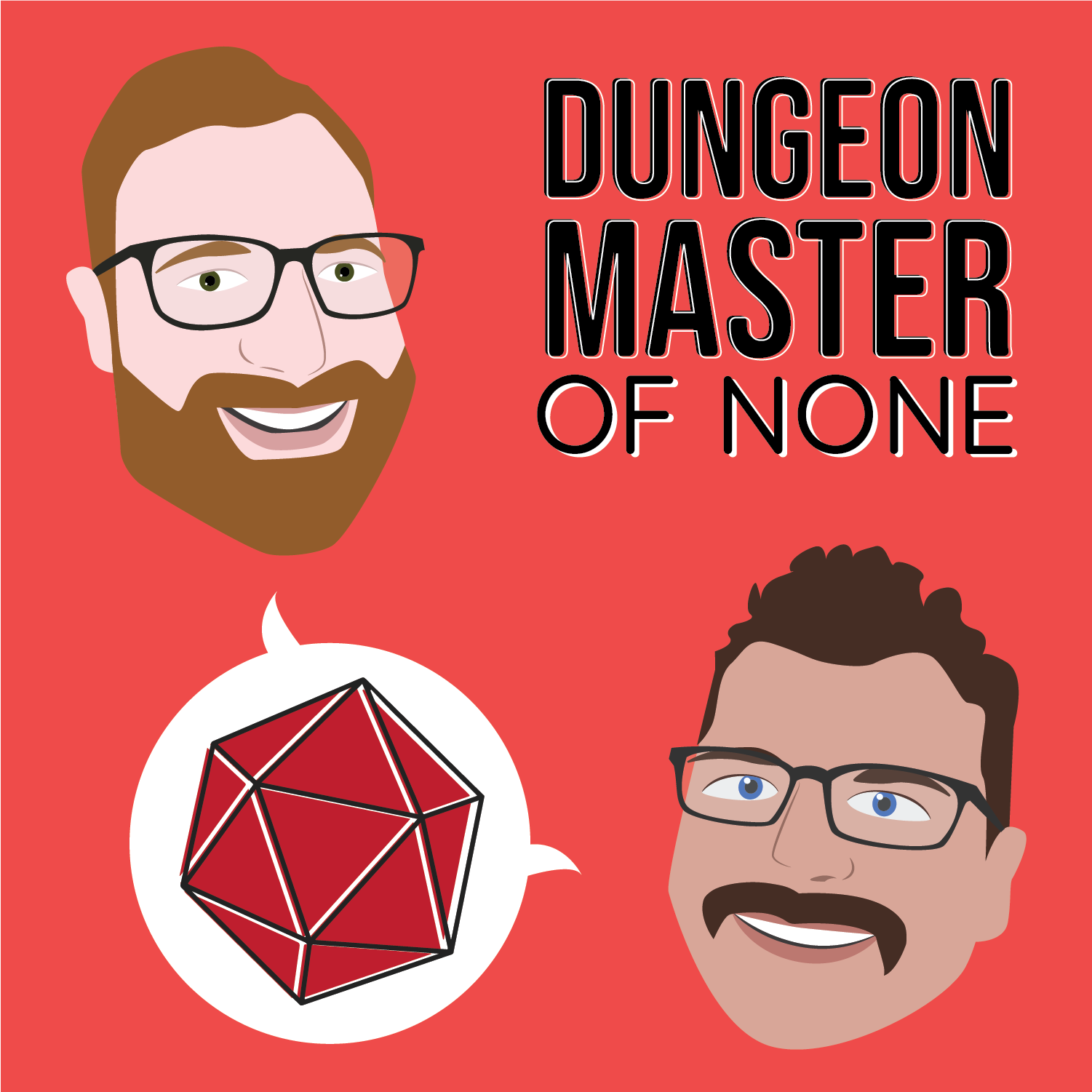Go to Campaign Status Documents
Generally speaking, my campaign status document is not the place for full NPC write-ups to live. Whether you’re using something like the Universal NPC Roleplaying template or even the briefest of write-ups, these NPCs will consume your campaign status document and choke the life out of it.
So NPC write-ups go somewhere else: Maybe that’s in a specific set of scenario notes or faction notes. Maybe you just have one big folder where all the free-roaming NPCs or notable NPCs from defunct scenarios get filed in alphabetical order.
But what I will keep in my campaign status document, when it’s appropriate for the campaign, is a list — or, in some cases, multiple lists — of the major NPCs in the campaign.
This is not, of course, a list of every single NPC they’ve ever met. That would just be a bunch of noise drowning out the signal. What you’re looking for is a quick reference of all the important, recurring characters. You’re looking for characters who:
- Show up in more than one scenario (or outside of scenarios entirely), because otherwise they would just be attached to that single scenario.
- Show up in more than one location, because otherwise they would just be in the notes for that location.
- Have some personal connection to the PCs or are otherwise important to them.
(Of course, some NPCs who start out as part of a single scenario or single location will end up clicking with the players or otherwise find their role in the campaign expanding beyond the original plan of action.)
You might title this section of your campaign status document the Cast of Characters.
To understand the function of this cast list, the key thing is Neel Krishnaswami’s Law of the Conservation of NPCs: Whenever a scenario or circumstance demands a new NPC, check to see if there’s an existing NPC who could fill the role. Each reappearance of an NPC will deepen that character and also inherently develop the PCs’ relationship with the character. This creates a lovely feedback loop, because the NPC being richer means that whatever purpose you’re turning the NPC to (exposition, scenario hook, dilemma, dramatic bang, etc.) will also become richer and more meaningful to the players.
For example, if the PCs go looking for information, instead of having some random dude tell them about it, consider having it be someone the PCs know.
The cast list, therefore, can ultimately be thought of as a menu: Whether you’re prepping a scenario or improvising in the middle of one, the campaign’s cast of characters makes it easy for you to quickly find the character you need to fit the hole you’re looking to fill.
You can also flip this around, looking through your cast of characters, identifying old favorites who haven’t put in an appearance lately, and figuring out how you can bring them back onstage. This can often be a great way to find inspiration for scenario hooks or entirely new scenarios.
TAVERN TIME
In some campaigns your Cast of Characters, or sections of your Cast of Characters, may become more specialized in their function. One example of this is the Tavern Time scenario structure, in which you develop a cast of recurring characters who give continuity and life to your PCs’ favorite tavern (or other home base).
You can see a detailed example of the Tavern Time system in action in A Night in Trollskull Manor. The full scenario notes are kept separate from the campaign status document, but I do find it useful to include the random table of tavern patrons, like this one for the Ghostly Minstrel tavern in my In the Shadow of the Spire campaign:
| Sheva Callister | |
| Parnell Alster | |
| Daersidian Ringsire & Brusselt Airmol | |
| Jevicca Nor | |
| Rastor | |
| Steron Vsool | |
| Urlenius | |
| Mand Scheben | |
| Cardalian | |
| Serai Lorenci (Runewarden) | |
| Shurrin Delano (Runewarden) | |
| Sister Mara (Runewarden) | |
| Canabulum (Runewarden) | |
| Aliya Al-Mari (Runewarden) | |
| Zophas Adhar (Runewarden) | |
| Talia Hunter | |
| Tarin Ursalatao (Minstrel) | |
| Nuella Farreach | |
| Iltumar | |
| The Ghostly Minstrel |
Each of these characters then appear in their own write-ups, either as part of the write-up for the Ghostly Minstrel, as part of other scenario notes, or in my larger Ptolus NPC file. I personally just know where to find these write-ups, but you could easily include a direct reference in your list.
SYSTEMIC CONNECTIONS
In Technoir, during character creation, each player selects three Connections from the setting guide. These are, of course, relevant not only for roleplaying, but also because they’re tied into specific procedures of play. As the GM, I find it quite useful to have a quick reference for which PCs have a direct relationship with which Connections in the campaign, so during the first session I’ll make a  point of jotting these down, and then I’ll transfer them to my campaign status document for long-term reference (along with any other notes about debts owed and the like).
point of jotting these down, and then I’ll transfer them to my campaign status document for long-term reference (along with any other notes about debts owed and the like).
Trail of Cthulhu similarly features Sources of Stability: NPCs created by the players during character creation who are the most important people in their characters’ lives. These characters are vital, serving as touchstones of humanity that allow PCs to recover the Sanity and Stability lost during their harrowing adventures. Although, as a result, the Sources of Stability are rarely made an active part of the action, I make sure to include them in my campaign status document so that they can be referred to and incorporated “offscreen” at appropriate moments. (I’ll also maintain a correspondence tracker featuring these characters.)
Another example along these same lines are the Friends & Rivals players create for their PC in Blades in the Dark. These lack the more formal procedural and systemic incorporation found in Technoir and Trail of Cthulhu, but also serve as a good reminder that this is something you can easily incorporate into the character creation of any RPG, not just those that include it in the rulebook.
However you go about it, finding a way to seed a supporting cast list at the very beginning of the campaign is just good praxis.
MAINTAINING YOUR SUPPORTING CAST
You’ll introduce some characters to your campaign with the intention of making them recurring characters.
As I mentioned earlier, though, you’ll also want to keep your eyes open: During the course of play, some NPCs are just going to “click” with the players. (And with you.) It’s going to be fun roleplaying scenes with them. Maybe your players will talk about the NPC in later sessions or even mention them during conversations outside of the game. (If your players start deliberately seeking the NPC out, that’s a dead give-away.) These are all characters that you’re going to want to get onto your supporting cast list ASAP.
On the flip-side, it’s also a good idea to periodically review your supporting cast list and remove any NPCs who are no longer relevant to the campaign. (If you’re not certain, maybe you could drop them into a Probationary section of the list and then purge them if they still haven’t shown up after three or five sessions or whatever seems appropriate.)
In some cases, this removal will be quite definitive: Maybe the NPC died. Maybe the PCs slipped into another dimension and left the NPC behind.
In other cases, the pruning is much more subjective: Do you still care about this NPC? Do the players still care? Are there any loose threads still attached to the NPC (in which case you might want to tie those off and then remove them)? Are they — in position, role, theme, or otherwise — still relevant to what’s happening in the campaign?
There’s also need to be too afraid of making a mistake here: Pruning an NPC from the list doesn’t mean they’re gone forever (although it might). You never know when they might come back onstage, find the spotlight, and earn their place on the list once more!
















